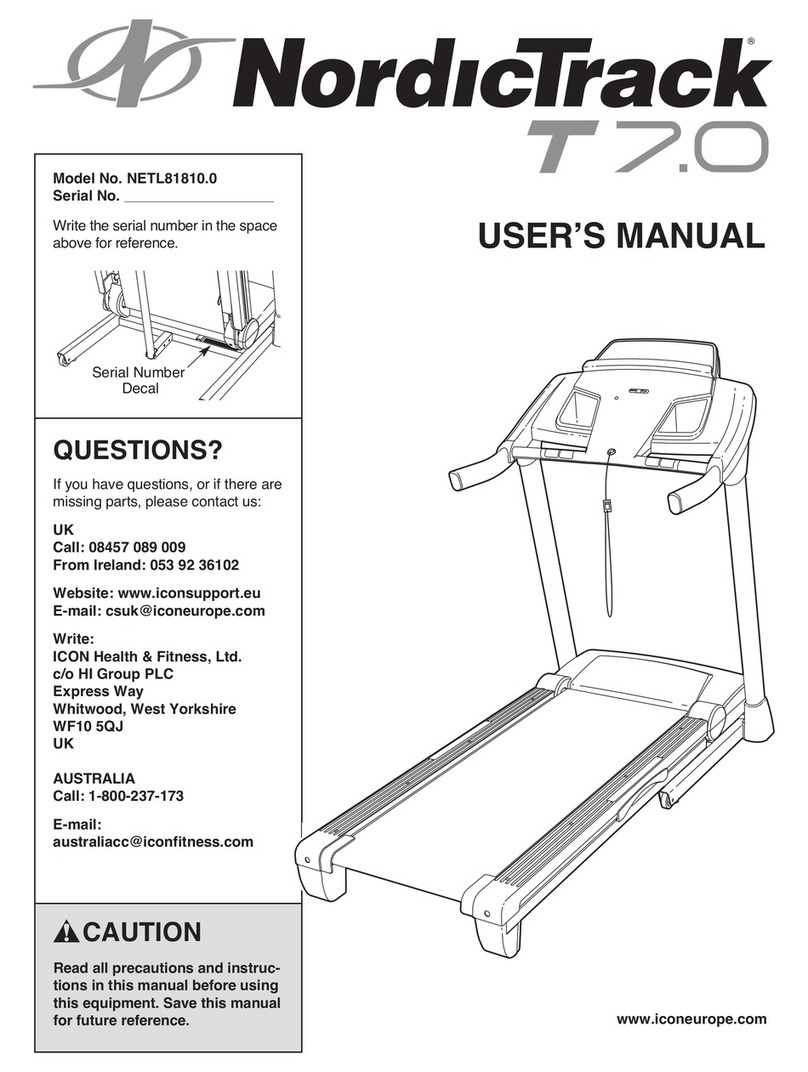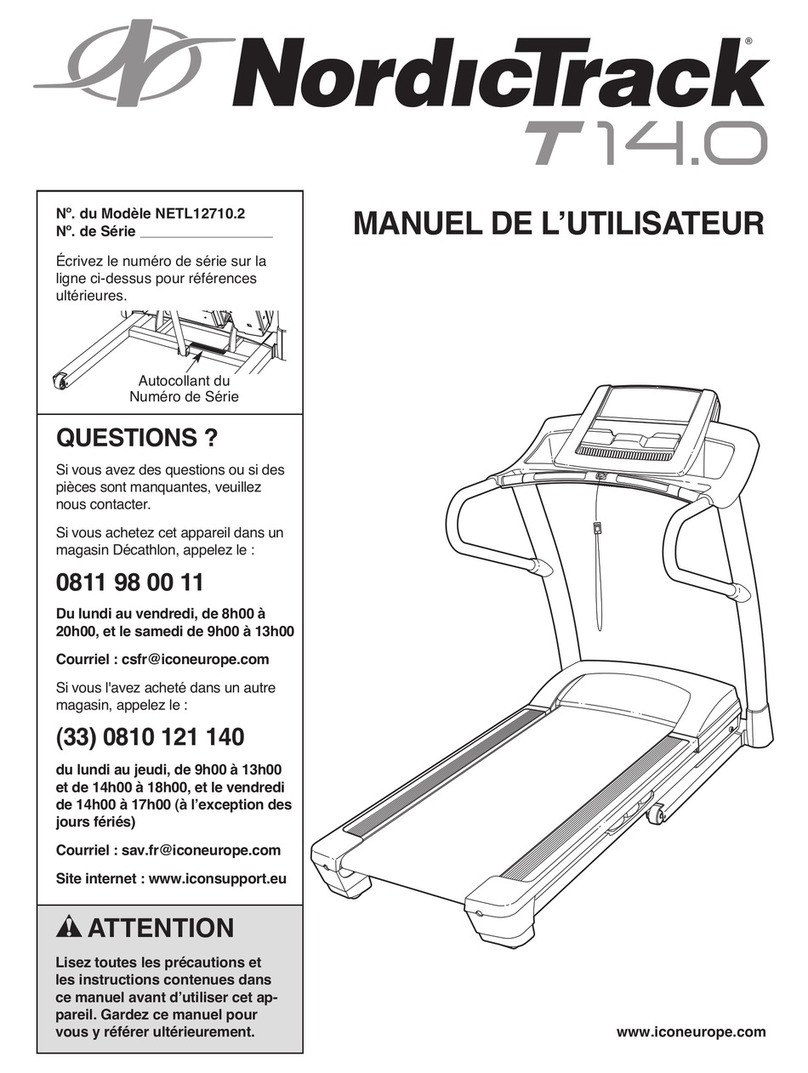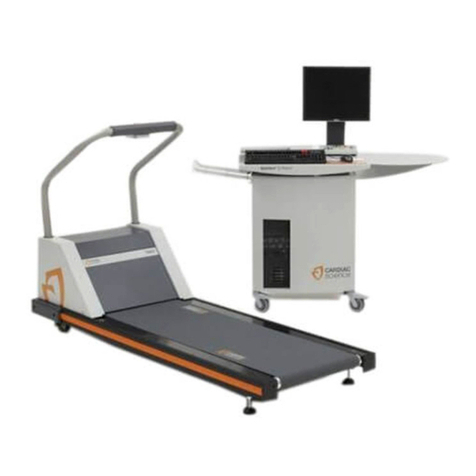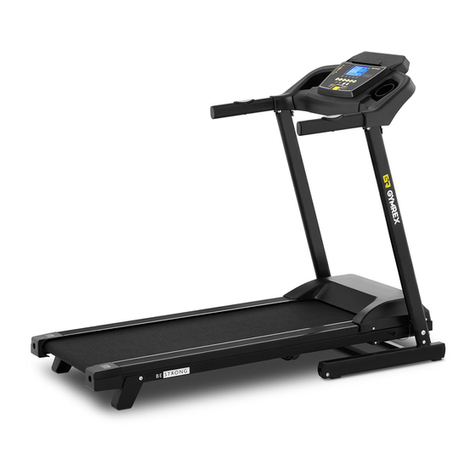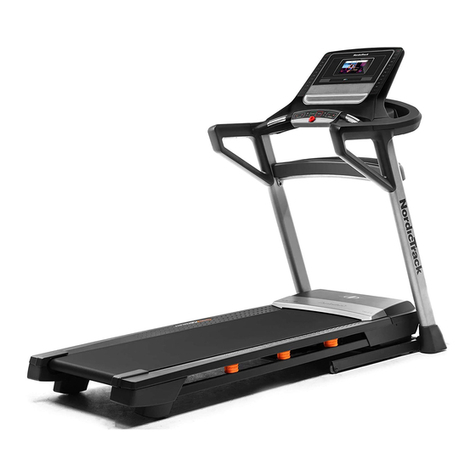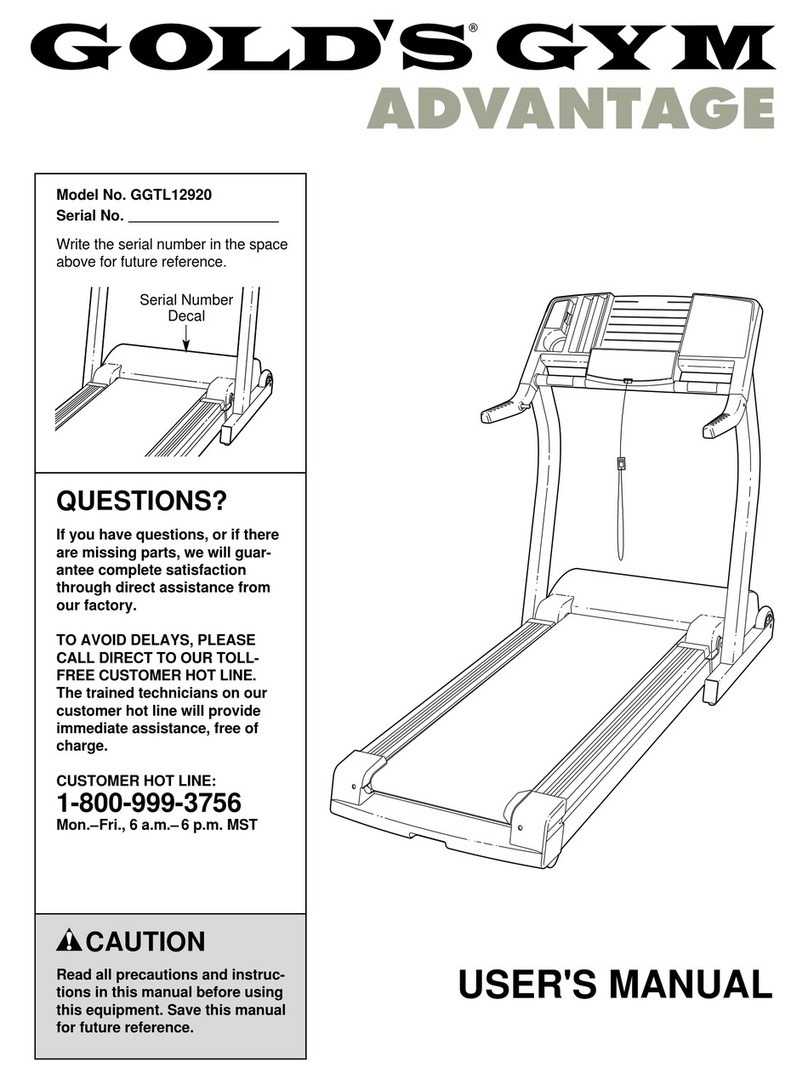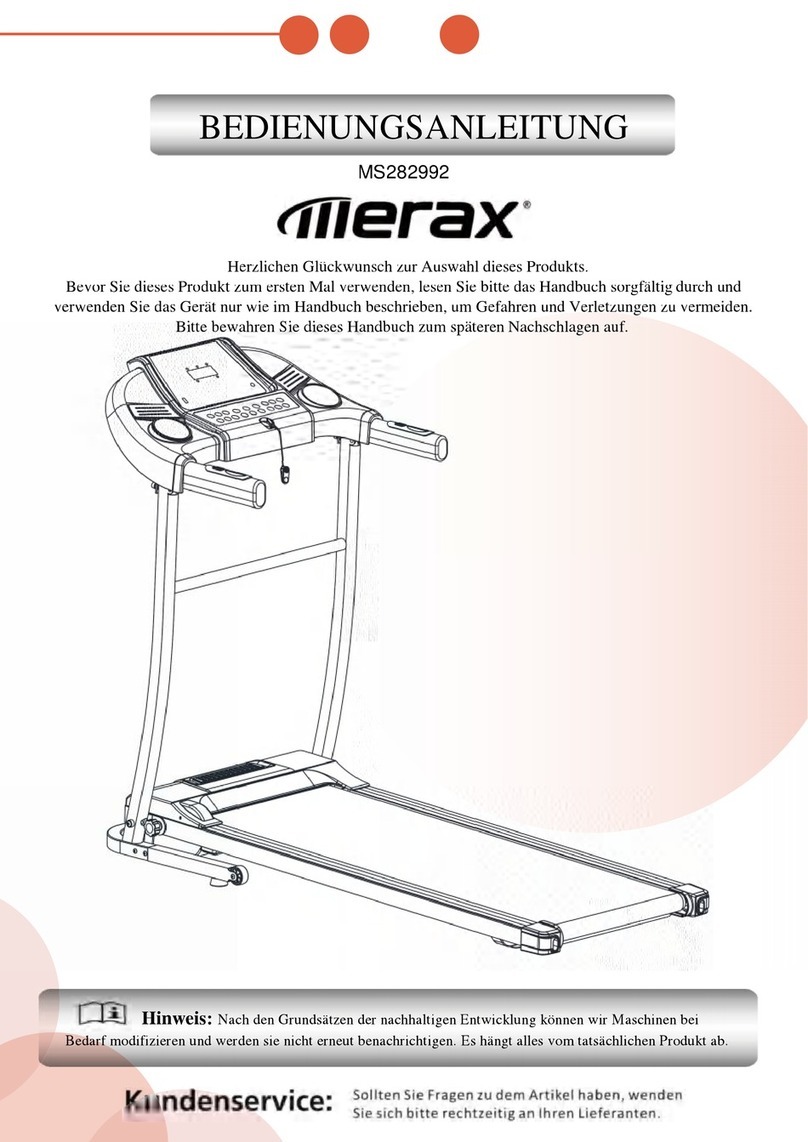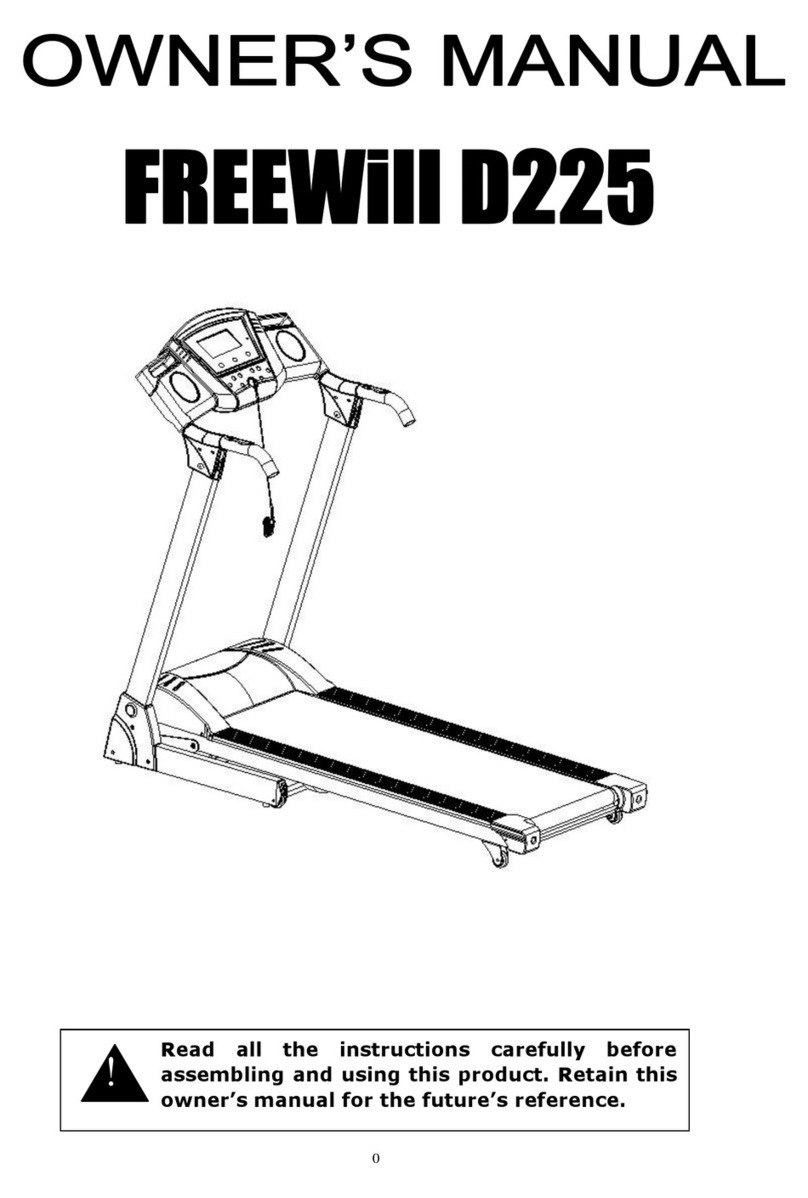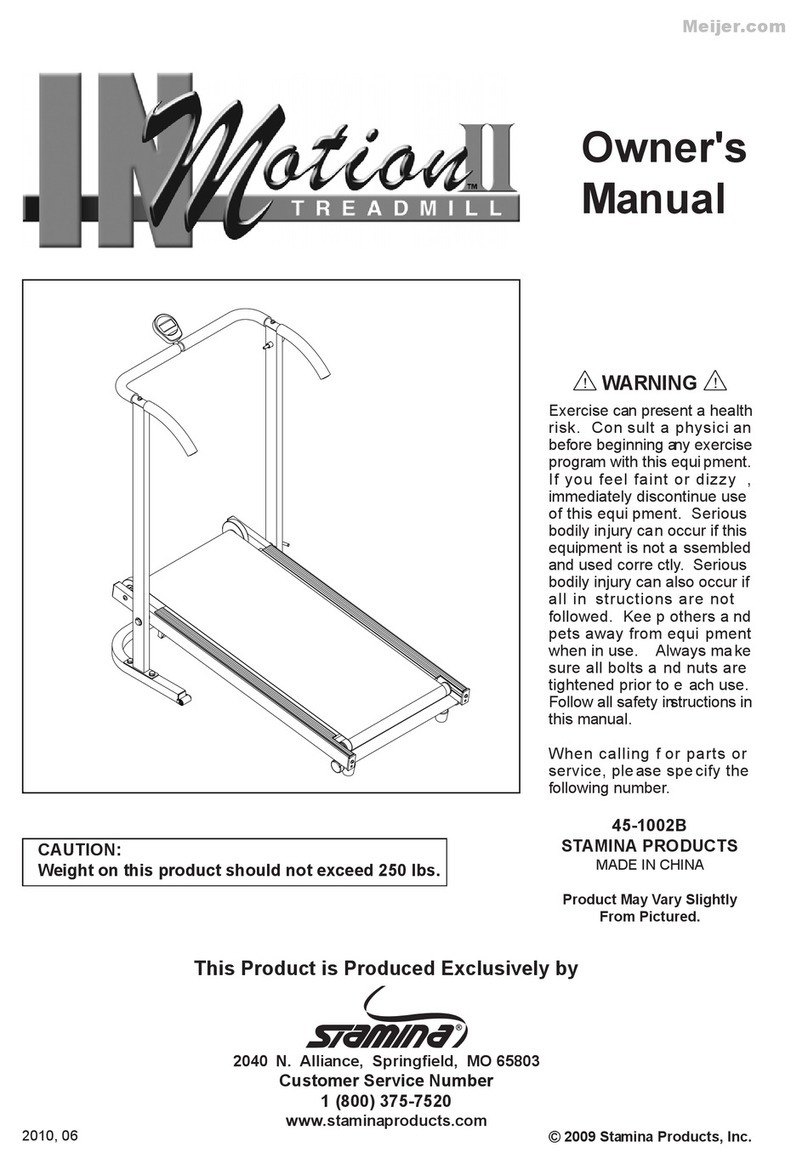
70-00297-01 A iii
Contents
Contents
Chapter 1: Safety Requirements
Safety Terms and Definitions................................................................. 1-2
Warnings and Cautions ......................................................................... 1-3
Safety Notes........................................................................................... 1-6
Symbol Definitions................................................................................ 1-7
Cleaning ................................................................................................ 1-9
Disinfection..................................................................................... 1-9
Daily ............................................................................................... 1-9
Weekly ............................................................................................ 1-9
Periodic........................................................................................... 1-9
EMC Declaration Tables ..................................................................... 1-10
Electromagnetic Emissions ............................................................ 1-10
Electronic Immunity ..................................................................... 1-11
Recommended Separation Distances ............................................. 1-13
Chapter 2: Introduction
Overview ............................................................................................... 2-2
Treadmill Configuration........................................................................ 2-3
Treadmill Controls ................................................................................ 2-4
Power .............................................................................................. 2-4
Operation .............................................................................................. 2-5
Emergency Stop Button......................................................................... 2-5
Indicators............................................................................................... 2-5
Accessories and Options......................................................................... 2-5
Chapter 3: Operating the Treadmill
Guidelines for Safe Operation................................................................ 3-2
Instructing the Patient ........................................................................... 3-3
Starting the Exercise............................................................................... 3-4
Emergency Stop Button (option)..................................................... 3-4
Ending the Exercise................................................................................ 3-5

